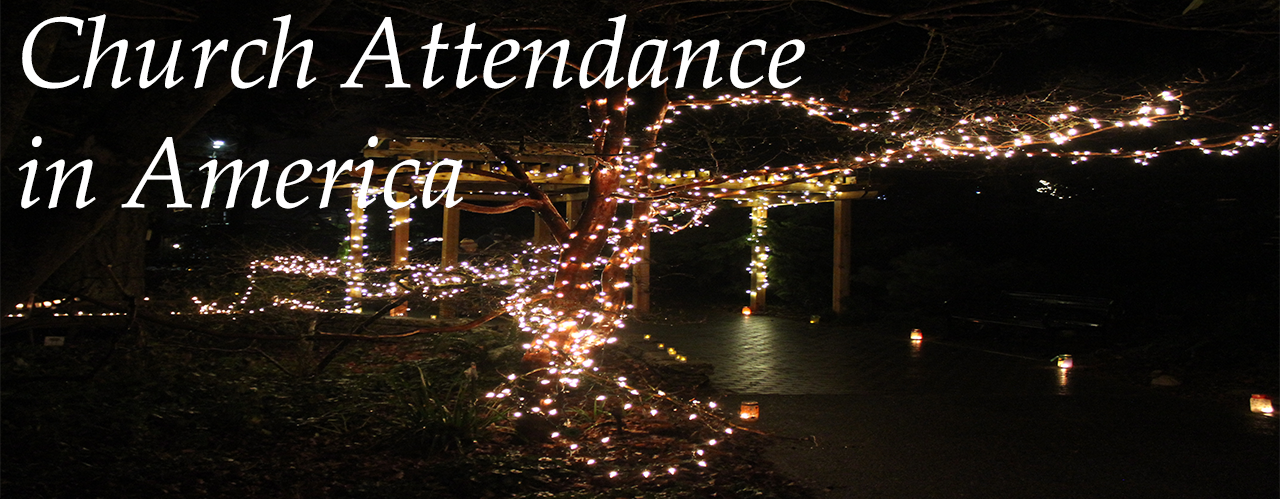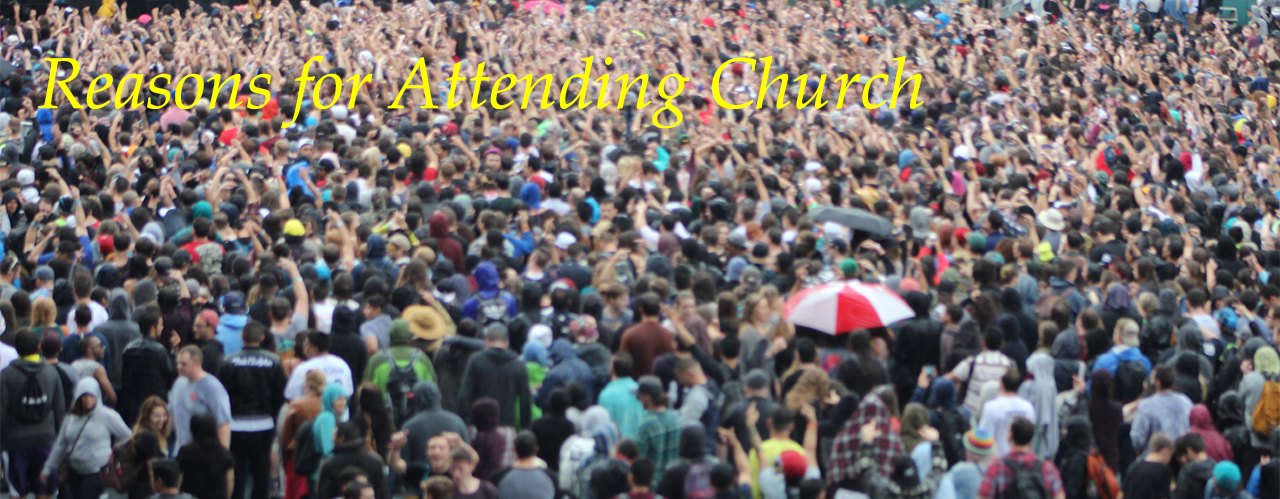Which side of Acts 1 are you living on when you wake up each morning? (Photo| ECWA Archieve)
Are you living on the right side of Acts 1? The answer will determine the course of your life.
Every morning when we awaken from a long night of sleep, we stretch, yawn and eventually step into a new day. In the natural we are functioning from a collection of experiences, training, opportunities, challenges and other influences that have helped determine our current experience. Some are waking up in the morning to get ready to operate on somebody’s heart because his natural training provided him that opportunity. Others are headed to classes in a university as a result of healthy planning. Still others are depressed, lonely, fearful, expectant, determined or are experiencing a myriad of other very real feelings due to their position in life. Their natural position.
Spiritually, where are you? Specifically, which side of Acts chapter one are you living on when you wake up each morning?
Acts Chapter 1
6 So when they had come together, they asked him, “Lord, will you at this time restore the kingdom to Israel?” 7 He said to them, “It is not for you to know times or seasons that the Father has fixed by his own authority. 8 But you will receive power when the Holy Spirit has come upon you, and you will be my witnesses in Jerusalem and in all Judea and Samaria, and to the end of the earth.” 9 And when he had said these things, as they were looking on, he was lifted up, and a cloud took him out of their sight. 10 And while they were gazing into heaven as he went, behold, two men stood by them in white robes, 11 and said, “Men of Galilee, why do you stand looking into heaven? This Jesus, who was taken up from you into heaven, will come in the same way as you saw him go into heaven.” Acts 1:6-11 (ESV)
Of course, the first chapter of Act’s position on the historical timeline comes after the death and victorious resurrection of Jesus. The question I’m asking is directed toward those who have been redeemed by the blood of the Lamb—Christians—those who have responded to the greatest gift man has ever been offered. Christian friend, it’s possible to be functioning on the right side of the cross and on the wrong side of the rest of the story.
Read the short passage in Acts 1:6-11 again. Let the power of that dramatic moment impact you. Put yourself in the position of the disciples of Jesus.
They had just experienced, to put it lightly, a dramatic season of life that culminated with their hero, their friend, God himself being brutally, savagely tortured and mutilated. They were suddenly alone, fearful and confused. Their holy hope was gone forever—so it seemed. Dead people don’t just wake up and walk out of their tombs after all, right?
Lazarus might disagree with that. So would Jesus. The disciple’s overwhelming hopelessness was miraculously displaced by the impossible. Jesus walked out his tomb.
They were fearful, alone and confused no more. Now the celebration begins! Now plans for the future can be discussed! This was the day the Lord Jesus himself created and it was time to rejoice and be glad!
The obvious next step was for Jesus to set up his Kingdom and to reign! The disciple’s question was an honest yet misguided one:
6 So when they had come together, they asked him, “Lord, will you at this time restore the kingdom to Israel?” Acts 1:6 (ESV)
They didn’t understand at all what the future held. The victory on the cross, in their minds, would result in Jesus doing much more of what they saw him do previously. Jesus was the man of the hour and they wanted to be in the front row for the show.
After all, Jesus had just spent 40 days talking to them about the Kingdom, right?
3 He presented himself alive to them after his suffering by many proofs, appearing to them during forty days and speaking about the kingdom of God. Acts 1:3 (ESV)
Yes, the Kingdom was coming, but not at all the way everyone had presumed. Jesus was about to launch them out of Acts chapter one and into Acts chapter two.
If you’ll remember, Jesus had already given them a mandate that it seems they casually overlooked:
4 And while staying with them he ordered them not to depart from Jerusalem, but to wait for the promise of the Father, which, he said, “you heard from me; 5 for John baptized with water, but you will be baptized with the Holy Spirit not many days from now.” Acts 1:4-5 (ESV)
The disciples had necessary teaching about the Kingdom and a mandate to wait for a promise that would enable them to initiate a world shaking mission.
However, in their minds they wondered why they would need a Promise if Jesus was there with them. Why would they need anything else? Jesus was going to work wonders and they would be there as his most fervent supporters!
Jesus Left—AGAIN
9 And when he had said these things, as they were looking on, he was lifted up, and a cloud took him out of their sight. Acts 1:9 (ESV)
Again, put yourself in the shoes of the disciples. What type of emotional crisis were they going through? First Jesus died, then he defied all odds and returned in victory. Now their plans for Jesus to build his Kingdom were cut down as they received an inconvenient mandate to pray and wait for some nondescript Promise—as Jesus again left them.
Now, their close friend, their superhero who would protect them from the threats of the many enemies in the land, was gone from them a second time—this time for good (at least in their lifetimes).
The Bible says that they were just standing there gazing into heaven.
My question to you is this: Are you gazing into heaven waiting for Jesus to show up and do what you are yearning for him to do? Or, are you taking action in the power of the Holy Spirit to do it yourself?
On the cross Jesus famously said, “It is finished!” His part is done. We have been left with an extreme mandate and a costly mission that must be in front of us every morning when we awaken, stretch and yawn and move into our day.
So often we are crying out for Jesus to heal the sick when he commanded us to heal the sick. Those on the wrong side of Acts chapter one will gaze into heaven waiting for Jesus to do it. Those who have been baptized with power and who have embraced their spiritual mission will function in the power of the resurrection by looking at someone and commanding that they take up their mat and walk!
True baptism in power results in an inconvenient life.
I’m convinced that casual ‘gazing into heaven’ type prayer is often unanswered because Jesus is putting the pressure on us to get into the prayer rooms where supernatural baptism can be found.
The angelic question in Acts 2 remains for us today:
11 …“Men of Galilee, why do you stand looking into heaven?” Acts 1:11a (ESV)
Those who are living on the wrong side of Acts chapter one have bought into the resurrection power of the cross but have yet to step into their life mission that requires a devotion that will put every other life focus at risk. They want to continue in their day-to-day life hoping that Jesus will be the hero and rescuer they might need in times of trouble. The call to greater consecration is unnecessary since they are already saved and the victory of the cross was complete.
The truth is that the victory of the cross launches our mission. It doesn’t end it. When Jesus said “it is finished,” for us it meant, “it has begun.”
The enemy is moving across the earth stealing, killing and destroying. How could we even begin to think our work is done or unnecessary?
The blood of Jesus doesn’t grant us immunity, it grants us authority—authority to tread on serpents, authority to heal the sick, authority to advance the Kingdom, authority to go and make disciples.
Those living on the right side of the chapter are burning with that mission every single day. They wake up on fire with an urgency to fulfill their extremely important commission.
The life of someone living in Acts chapter two and beyond looks radically different than the lives of other Christians.
PRAYER
The call to prayer was too inconvenient for most everybody who saw Jesus alive after the resurrection. Only 120 showed up in that room. Only 120 determined it was necessary to actually obey Jesus. To them Jesus was more Savior than Lord.
Living on the right side of Acts one requires obedience. It requires us to be people of extravagant, inconvenient prayer.
Acts two started with prayer in an Upper Room and it continued with prayer daily in the temple.
17 pray without ceasing, 1 Thessalonians 5:17 (ESV)
Today we have innumerable people who are naming the name of Christ who are living in constant disobedience by refusing to live a life of continual prayer.
Corporate prayer is such a clear and obvious mandate for Christians that it is beyond shocking and nonsensical that so many are not investing in it. They are living after the resurrection but before Acts, presuming that all is well and there is nothing left to be done. Both Resurrection power and Holy Spirit power are required before we can even begin to understand our life purpose—much less fulfill it.
The corporate prayer meetings are the most important meeting and every Christian must be in attendance. In fact, In Acts 2 corporate prayer was a daily occurrence. This is what must return to our churches today.
46 They worshiped together at the Temple each day… Acts 2:46 (NLT)
This means we can no longer continue without coming together for Holy Spirit infused prayer every day and presume it’s okay or normal. It’s not. Those living on the right side of Acts one can’t stand the thought of going a day without encountering God in prayer with other Believers.
CHURCH
Acts Christians were radically invested in both corporate church gatherings and planting of new churches.
I’m grieved at the number of Christian “church haters” (is that even possible?) that are on the rise. People are creating theologies that argue against the corporate church setting that are laughable.
Consider Chinese Christians who gather together every morning at 4:30am, seven days a week, to pray and worship together as the church before they begin their day. In America we think a couple hours a week is too inconvenient!
Can somebody explain to me how coming together with other Christians every day to pray on fire is a bad thing? How is that something that doctrines are being created to oppose? Truly those are doctrines of demons.
Some might say that they don’t need to attend church because “they are the church.” They would be incorrect.
From my article, You are not the church:
If we understand the meaning of the word ‘church’ we could never presume that we alone are the church. That idea is contrary to the origin of the word (ekklesia, meaning “assembly”). In fact, that word has secular origins. It literally means an assembly of people who have been called together by an authority in the city or region. Wow! That sheds a lot of light on what the church is.
The church is an assembly of people organized under defined governmental leadership. It’s a regular gathering of people who are deeply agreed and in pursuit of mission advance under God’s apostles, prophets and other governmental leaders.
Further, the pure definition of the word reveals that it isn’t used as easily in the context of the global company of believers as it is in the regional and local gathering of believers.
The definition reveals that it’s a well defined local group vs. a loosely defined larger group of people (who mostly don’t know each other at all). We can’t be a part of the church if we aren’t gathered together with other parts of the church. Church is corporate.
Additionally, the church is a group of people who assemble, fellowship, pray and respond together to apostolic teaching. That can’t happen in a more nebulous global context.
The church has inherent in it’s core call the expectation of assembly and a corporate response so as to ensure the local mission is fulfilled. Again, a fulfilled mission can’t be realized without this type of intentional and faithful participation at a local level where communication and commonality are clearly defined.
Those living in Acts Holy Spirit power understand the need to be rightly aligned with men and women of God. They understand the church gathering isn’t foundationally a social one. It’s a strategic one. Great numbers of people coming together to pray and to receive apostolic instruction is necessary on a daily basis if we are to advance the gospel in victorious fashion.
The church is a military. It has a mission.
Church haters have gripes about how they were treated, about disagreements with focus, about not being recognized, about most anything. True biblical Holy Spirit empowered Christians are ready to die to their own opinions and serve. Today when people are rejected they run from the church with complaints in their hearts. Two thousand years ago when Jesus was rejected he died for the church with love in his heart.
CULTURE
Acts Christians are not flowing under the radar, blending in with their culture. They are causing controversies and inciting riots!
40 For we really are in danger of being charged with rioting today, since there is no cause that we can give to justify this commotion.” Acts 19:40 (ESV)
It angers me that so many supposed Christians refuse to declare the offensive Gospel message out of fear that they may lose friends, offend family or put their financial security at risk!
Did you know that’s why there was a riot in Ephesus? People’s financial well being was compromised when Paul and his team of firebrands arrived on the scene!
23 About that time there arose a great disturbance about the Way. 24 A silversmith named Demetrius, who made silver shrines of Artemis, brought in no little business for the craftsmen. 25 He called them together, along with the workmen in related trades, and said: “Men, you know we receive a good income from this business. 26 And you see and hear how this fellow Paul has convinced and led astray large numbers of people here in Ephesus and in practically the whole province of Asia. He says that man-made gods are no gods at all. 27 There is danger not only that our trade will lose its good name, but also that the temple of the great goddess Artemis will be discredited, and the goddess herself, who is worshiped throughout the province of Asia and the world, will be robbed of her divine majesty.” 28 When they heard this, they were furious and began shouting: “Great is Artemis of the Ephesians!” 29 Soon the whole city was in an uproar. The people seized Gaius and Aristarchus, Paul’s traveling companions from Macedonia, and rushed as one man into the theater. Acts 19:23-29 (NIV)
I absolutely love Acts 19 verse 23:
23 About that time there arose a great disturbance about the Way. Acts 19:23 (NIV)
Where is such a disturbance today?
“God loves you and has a wonderful plan for your life” is not the gospel message! It’s a true message, but it’s not the gospel message. When we start preaching about man’s depravity, our darkness, and God’s holiness and Lordship and his extreme sacrifice on the cross we will begin preaching the gospel. Anything that does not upset culture as it sets people free is suspect as a true message.
MISSION
People on the right side of Acts chapter one will burn with a mission. Others will live normal, low impact lives. Sure, they may enjoy God, say their prayers, go to church, worship him, read their bibles and be people of great conviction. However, the very reason they were born eludes them. The tears over the lost and the zeal for intercession are absent. An aggressive, unwavering daily pursuit of humanly impossible God given projects and assignments is nowhere to be found.
The primary purpose of the Promise in the Upper Room was not to make us feel better as we worship or to help us in our daily lives. The primary purpose of the Holy Spirit is to empower us to live free from sin (He’s the HOLY Spirit) and to preach the message of the cross to the world; to expand the Kingdom. How different this is than what the disciples presumed in Acts one!
The Holy Spirit enables us to work and to advance in mission in ways that are not possible via human determination. Jesus is physically gone and we are the ones to do the work!
12 I tell you the truth, anyone who has faith in me will do what I have been doing. He will do even greater things than these, because I am going to the Father. John 14:12 (NIV)
When on the earth, Jesus was about his Father’s business. Now that he is gone we are to be about our Father’s business!
49 And He said to them, “Why did you seek Me? Did you not know that I must be about My Father’s business?” 50 But they did not understand the statement which He spoke to them. Luke 2:49-50 (NKJV)
I propose there are many post-resurrection/pre-Upper Room Christians today who also don’t understand what it is to be about our Father’s business.
Acts chapter one where we see disciples of Jesus transition into apostles. In a moment, they went from followers to ‘sent ones’ with a mission.
I want to encourage you, when you wake up each morning, stretch and yawn and get ready for the day that you function as a sent one. Burn with a passion for Jesus and the advance of his Kingdom. Embrace the impossible assignments that God has for you. Pray continually with others. Live and walk in the Spirit. Disrupt the culture you live in. Trouble the lukewarm and awaken the sleepers. Live in great power—power that’s found on the other side of Acts chapter one.
John Burton has been developing and leading ministries for over 20 years and is a sought out teacher, prophetic messenger and revivalist. John has authored nine books, has appeared on Christian television and radio and directed one of the primary internships at the International House of Prayer (IHOP) in Kansas City. Additionally, he planted two churches, has initiated two city prayer movements and is currently directing a prayer- and revival-focused ministry school in Detroit called theLab University. John's mandate is to call the church in the nations to repentance from casual Christianity and to burn in a manner worthy of the King of kings. He is equipping people to confront the enemies of God (established religion, Jezebel and so on) that hinder an extreme, sold-out level of true worship.
For the original article, visit johnburton.net.



